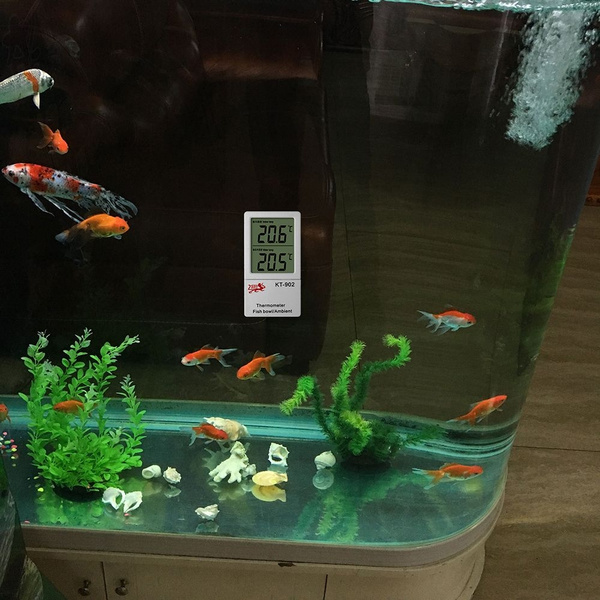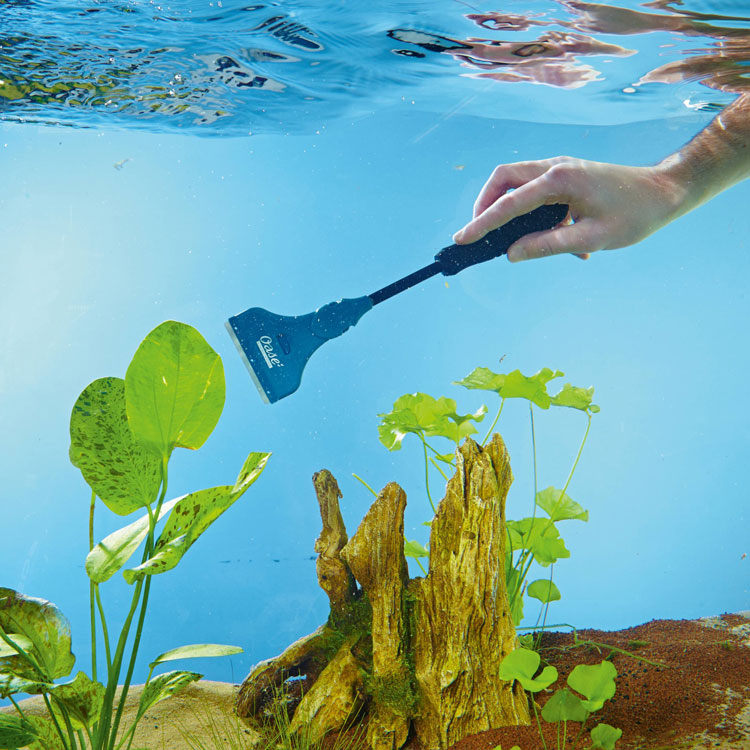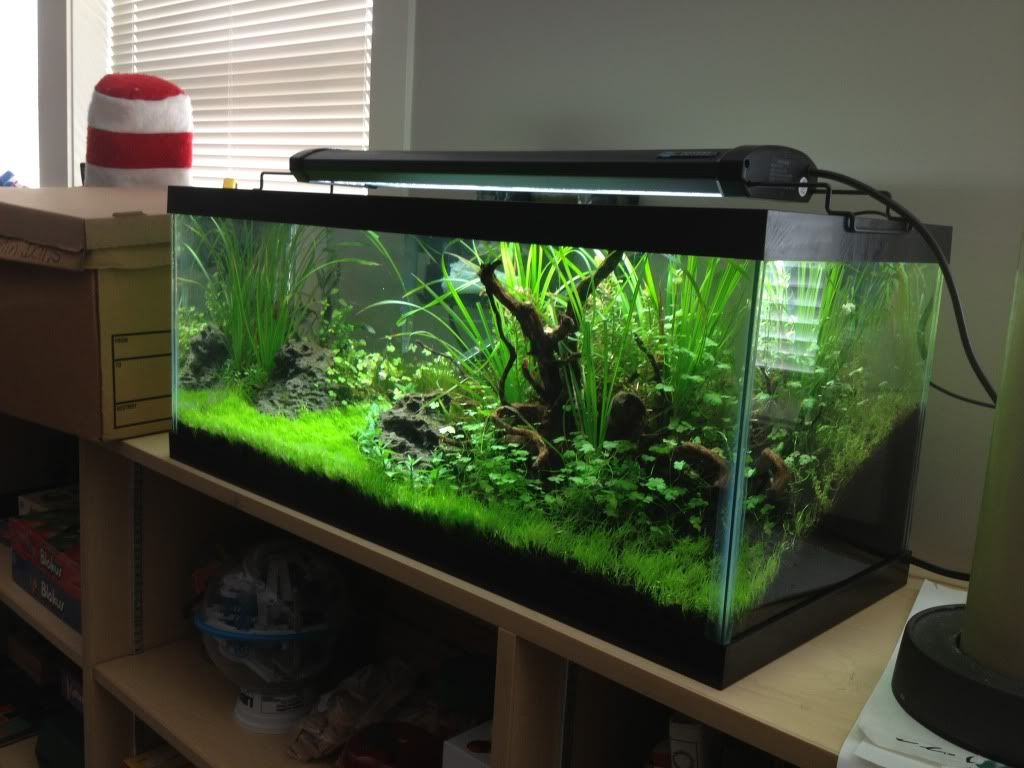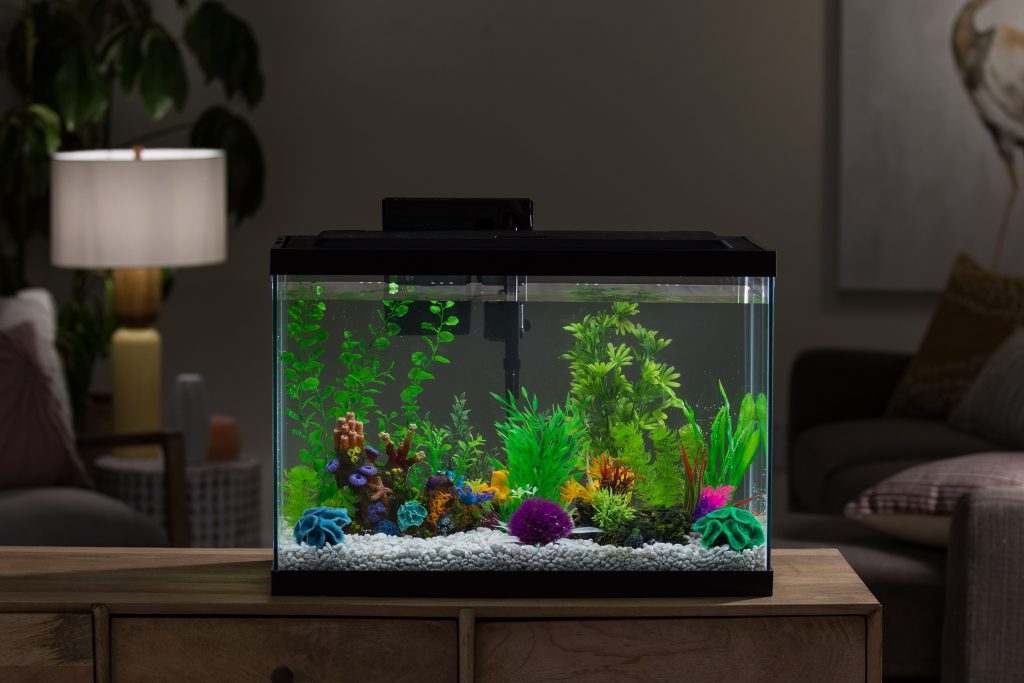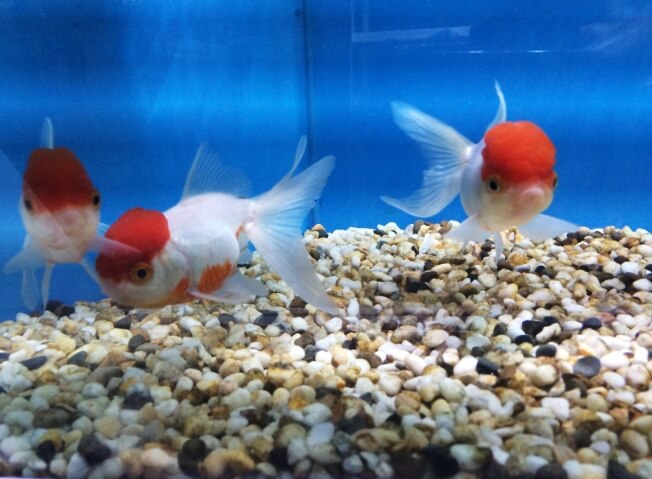

A gravel siphon isone of the best ways of cleaning fish tank gravel because it’s easy and fast, but it’s not the only way. They are alternatives to vacuuming your fish tank bottom, and they are actually more effective.
Learning how to clean a fish tank gravel without a vacuum or siphon is part of aquarium maintenance Trusted Source Aquarium Maintenance | Tropical Fish Hobbyist Magazine There's more than meets the eye when it comes to aquarium maintenance. Learn how to clean a fish tank properly with these tips. www.tfhmagazine.com to keep your aquatic friends happy and healthy. Cleaning the gravel in your fish tank removes the fish excreta, food remains and algae that settles at the bottom of the tank. You would be surprised at how much of this waste can hide underneath the pretty stones and substrate.
Of course, there are those who are against vacuuming aquarium substrate. They say that it might disturb the bacterial colonies in the substrate, but we disagree because bacteria produce a kind of slime to help them adhere to the substrate. These methods will teach you how to clean a fish tank without a gravel vacuum in case you lack access to a gravel siphon.
You can think of this method as the “deep clean” method of cleaning aquarium gravel. It involves removing the gravel, cleaning most of it under running water, then restoring it into the fish tank.
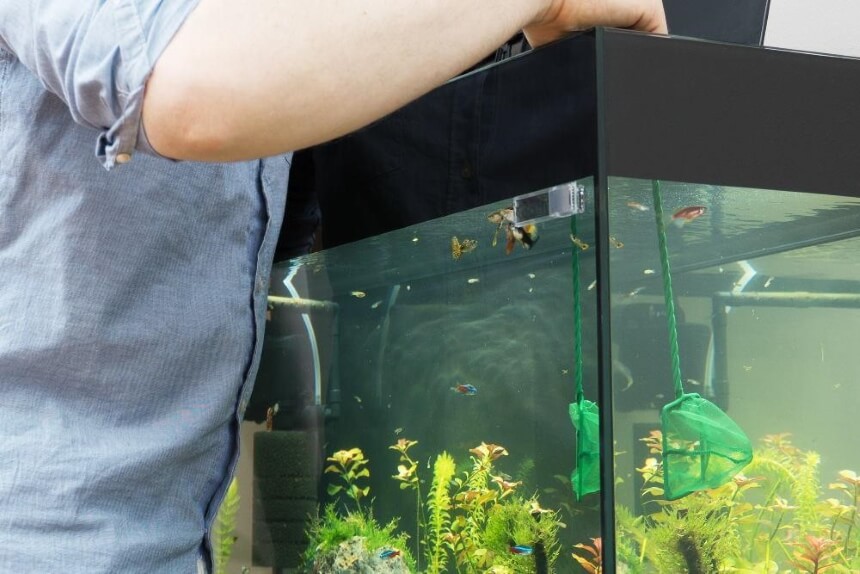
Secondly, use a fish spoon net to gently pick out the fish from your tank and place them in the bucket temporarily. Keep track of all the fish you remove to avoid forgetting some.
During this process, transfer at least 50% of the aquarium water into the bucket to save it for later use.
You should also detach all equipment from the tank including filters, heaters, and aquarium thermometers from the tank before proceeding.
Gently scoop out the gravel from the bottom of the fish tank and place it on a strainer. Make sure to set a few cupfuls aside to preserve some bacterial culture in the fish tank. The bacteria helps a lot by breaking down nitrates such as ammonia in fish waste and excess food. Be gentle during this process to minimize stirring up the waste in the gravel into the water.
Place the sieve full of gravel under running water and stir it up with your fingers. Make sure that you’re wearing plastic gloves during this process and that nothing tinged with chemical residue comes into contact with the gravel. Continue until the water runs clean beneath the sieve.
This is also the perfect time to clean out the tank and any aquarium decorations you have in place. If you don’t have it already, this aquarium cleaning toolset from UPETOOLS will help you scrub the tank, rocks, and reach into every nook. The tool set includes a fish spoon net, a gravel rake, cleaning sponges, trube brush, a telescopic handle, snap closure, and a razor blade.

You can also clean your fish tank gravel manually without removing it from the tank. This method also doesn’t require a filter, but you will have to remove the fish from the tank first to prevent the risk of hurting them..
Get the fish, a few cupfuls of gravel, and at least 30% of the fish tank water out and set it aside. Doing this helps to preserve the beneficial bacteria and maintain the aquatic balance in the tank. Be sure to unplug any electrical components such as aquarium heaters before you proceed.
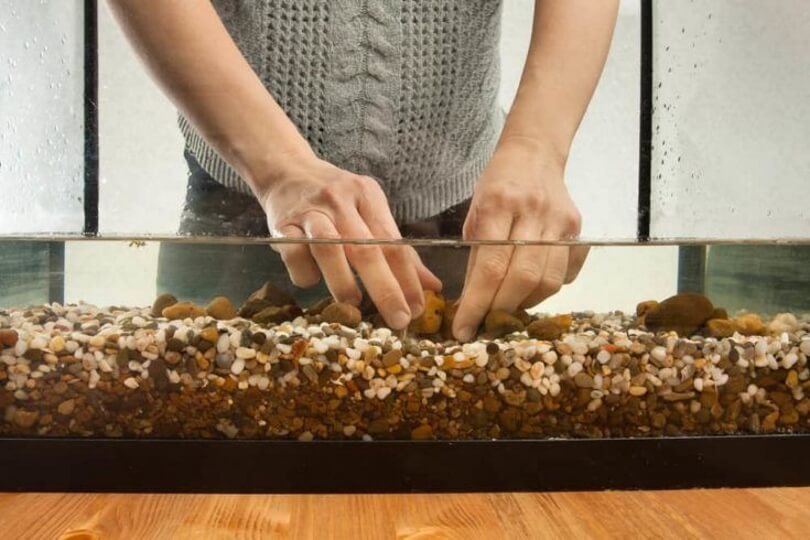
You can also take this chance to thoroughly clean up the rest of the tank and decorations. All the other times, you can use a Flipper Magnetic Aquarium cleaner for daily cleaning to keep the inside of your fish tank free from algae and other detritus. The non-scratch cleaner is self-orienting and relies on powerful rare-earth magnets for its powerful cleaning ability.
Pour out the silty water, taking care not to pour out the gravel with it. Pour the water back into the clean tank, then restore the fish and any decorations you had removed.
Even with the best fish tank filters around, keeping an aquarium clean is a tall order for many folks. Keeping the tank substrate clean is even more of a chore, especially if you don’t have or can’t use a gravel siphon.
Learning how to clean your fish tank gravel without a vacuum takes some work, but it is very effective. However, this method is quite invasive and should only be used when necessary. While you can practically vacuum your gravel daily if you wish, only use these two methods once a week at the most.
